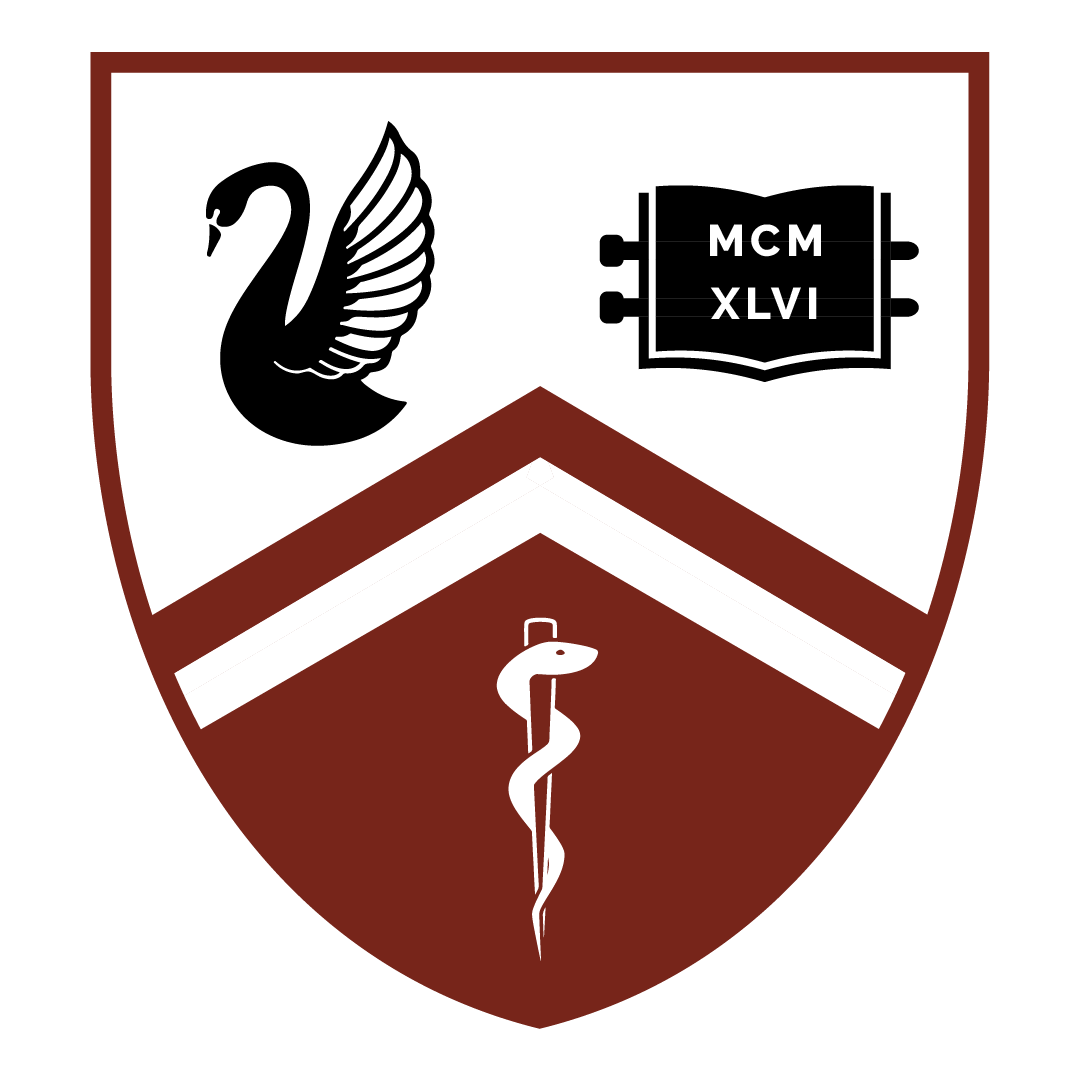Budget Weakens University Access
by 2014 WAMSS President Sebastian Leathersich
In 1911, the University of Western Australia was founded as the first free university in the British Empire. Two years later, it accepted its first students under the principle of equity of access to tertiary education for people of all classes and backgrounds. This fundamental ethos recognised that investing in the education and skills of young Western Australians was the best way to develop WA’s economy, boosting productivity, competitiveness, and economic growth.
Forty-five years later, in 1956, the UWA Faculty of Medicine was established by public subscription for the benefit of this state.
Now, more than half a century down the track, changes outlined in the recently tabled Federal Budget threaten to undermine the core values that drive our higher education system. Though not unexpected, the depth and breadth of impact that the proposed changes will have on students and youth has left young people reeling Australia-wide.
The decision to deregulate university fees was foreshadowed by murmurs in the weeks and months leading up to the budget announcement, and advocated for by the Group of Eight Universities. It pushes us dangerously toward a privatised education system, where access is determined by cash rather than qualities. Though the Treasurer claims that “some course fees may rise and some may fall”, it is difficult to foresee a situation in which training for medical practice becomes more accessible under the new model.
As a degree that is significantly underfunded, and has a surplus of demand, fees for medical education can only be expected to increase. In this likelihood, we risk entering an era in which privilege and the ability to foot the bill will determine who enters our profession, rather than merit and integrity. Furthermore, any increase in fees will be compounded by a reduction in the Commonwealth university funding contribution by 20 per cent, shifting an even greater financial burden onto students.
The Base Funding Review was unequivocal in its finding that Commonwealth funding for medical schools in Australia is woefully insufficient, already forcing universities to recruit international students to cover their costs.
Any increase in the cost of studying will add yet another obstacle for students from disadvantaged backgrounds to consider when deciding whether to pursue a career in medicine. Rural, remote and Indigenous students, as well as those from low socio-economic backgrounds, already suffer from significant barriers to tertiary education; and it is these potential students who will be hit the hardest by increasing costs of education. In many cases these are the very students who are most likely to return to areas of need once they graduate, and the very students we should be supporting into medical degrees.
Rather than transferring costs to students who are already jumping through hoops to embark on their medical careers, federal education funding for Commonwealth Supported Places should be increased.
Additional costs associated with studying will not only affect students during their time at university. Once a student has emerged from medical school as a newly minted doctor with a six-figure debt to their name, they will be under increasing pressure to find ways of paying this off quickly with the added strain of higher interest rates and lower repayment thresholds. At a time in their lives when many will be looking to buy a home or start a family, some may be compelled to enter lucrative sub-specialties rather than training to become the generalists that our country needs. This is not conjecture – this very situation has been witnessed in both the US and Canada, with student debt being inversely related to the likelihood of practising in primary care.
Without wanting to speculate too much on the broader financial implications, it is conceivable that ballooning higher education debt combined with uncapped borrowing may lead to unsustainable levels of debt, or increased pressure to privatise student debt. Such a scenario has the potential to impair, or even destroy, the HECS system, and with it the equity of access that forms a central tenet of our education system.
Moving beyond basic medical training, there is a ray of hope in the commitment to create a $20 billion Medical Research Future Fund, despite it being funded by the controversial GP co-payment scheme (a topic for another time, perhaps). However alongside this, funding has been stripped from the CSIRO and the National Collaborative Research Infrastructure Strategy (NCRIS), whilst significant cuts have been made to higher level research funding. This may make it even harder for students to pursue higher level research degrees, such as doctorates, disincentivising a career in academia and research and stifling innovation, development, and the knowledge economy.
This Budget steers the tertiary education system into uncharted territory – although no one can say exactly how these changes will play out, it is not unlikely that they will reduce access and equity to higher education. Whether a high-school graduate or undergraduate student becomes a doctor should not be based on their socio-economic standing; it should be based on their ability to provide the highest quality care in what is, for the moment, an enviable healthcare system.
It is now in the hands of the universities to approach costing with integrity to ensure that the best and brightest are able to access higher education, regardless of their backgrounds. We must see tertiary education as an investment in the future of this state and this nation, as a driver of development and innovation, and as a resource to fuel the growth of our economy. We cannot stand idly by as fiscal policy threatens to cripple our tertiary education system, leaving young Australians unsupported, punishing the disadvantaged, and further increasing the gap in opportunity and wealth.
